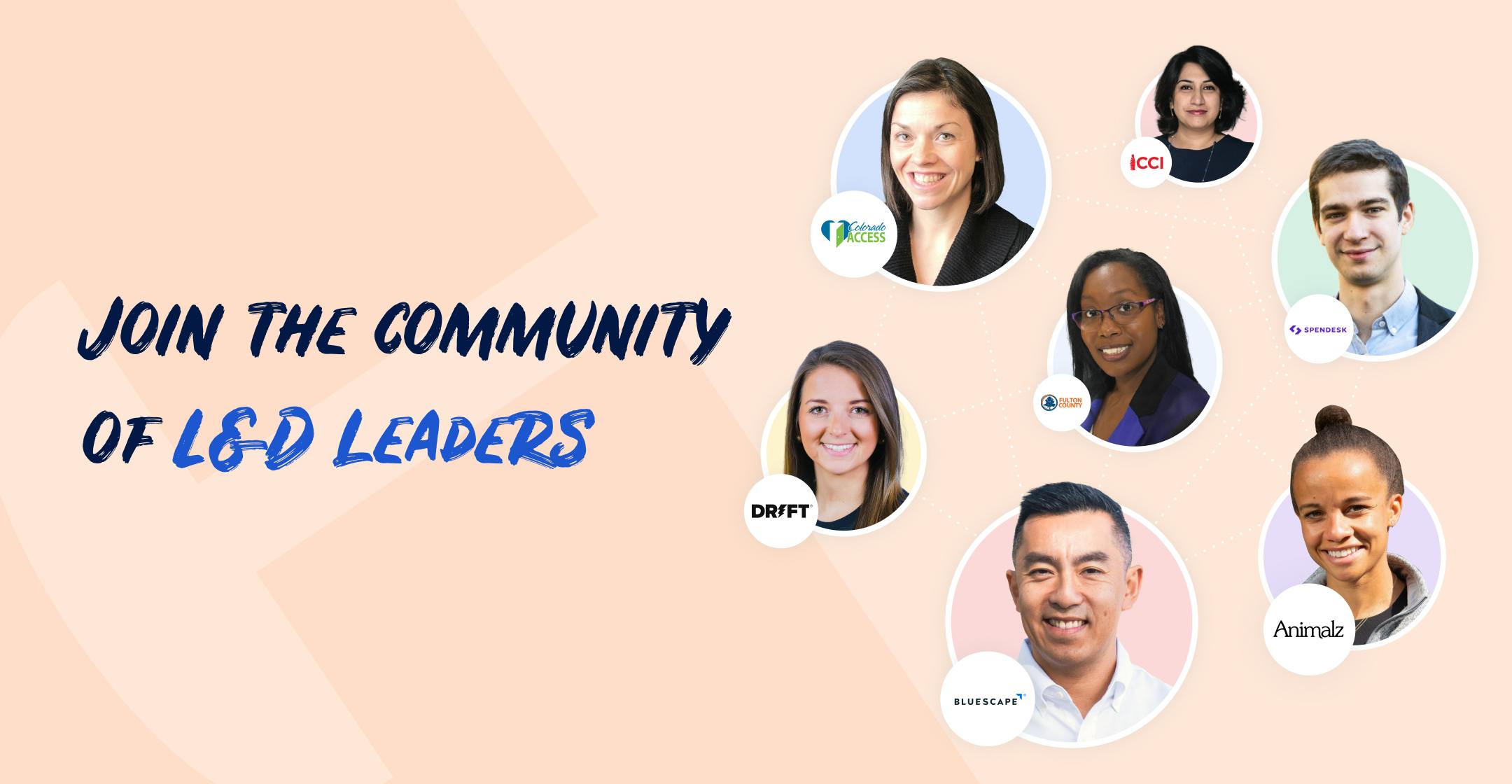
As we grapple with skill shortages and scarcity in the labor market, the importance of learning and development has never been more apparent. Yet, for L&D to challenge the organization’s perception that we purely deliver courses and manage learning content, we must rise to the occasion and deliver results that truly work.
In the second episode of our insightful mini-series on measuring impact, I speak with Laura Paramoure, author of ROI by Design™ and CEO of eParamus, on demystifying behavior change—the key to meaningful performance improvement.
Read on to learn more about why performance improvement starts with behavior change, the significance of determining performance outcomes at the outset, and the model you need to measure behavior change.
Why performance improvement starts with behavior change
Learning and development aims to equip employees with knowledge and skills.
However, simply imparting knowledge and skills to an employee only brings about a noticeable change in an organization if they put it into practice and apply it on the job.
“The challenge is to create behavior change in the organization,” explains Laura. “Our job is to understand what behaviors need to happen on the job and distill them down into the knowledge and skills that employees need.” she says.
Measuring behavior change: a key indicator of quality of work
Laura explains that we have no clue as to the quality of our work without measuring behavior change.
“We talk about measurement like an add-on to our process—it should never be an add-on,” she says. “Where is our quality control if we don't classify our outcomes and measure against them?”
We talk about measurement like an add-on to our process—it should never be an add-on. Where is our quality control if we don't classify our outcomes and measure against them?
Measuring behavior change is essential to understanding which learning experiences work and gives employees feedback on their abilities to help them determine if they have achieved their goals.
Related: Busting L&D Measurement Worries With Kevin M. Yates, Laura Paramoure, and Bonnie Beresford
Plan to measure from the get-go
Incorporating measurement into the design process is essential when creating any training content.
Before you start, you need to engage with stakeholders to ask them what performance outcome they are looking for (they will always describe this in terms of behavior), which boils down to two outcomes: a cognitive skill, such as critical thinking or problem-solving, or an observable skill.
“If we have clarity around those behavior outcomes, that informs us on how to teach and measure them,” Laura says.

Impactful, demonstrable L&D in 4 simple steps
By providing your contact info, you agree to receive communications from 360Learning. You can opt-out at any time. For details, refer to our Privacy Policy.
Measuring outcomes have been neglected
In Laura’s experience, L&D hasn’t historically incorporated outcomes in the design process, prioritizing content delivery instead.
“We've trained ourselves and our businesses to expect content delivery from us,” she says, “now, we have a harder time going back and seeing how to align with the organization and whether or not we achieved a required behavior.”
“As L&D professionals, we haven't been diligent in evaluating the quality of our content design,” says Laura. “So now organizations see us as a commodity that just goes out and buys content.”
But the good news is that measuring behavior change will help you prove impact and align your training programs with business goals.
We've trained ourselves and our businesses to expect content delivery from us. Now, we have a harder time going back and seeing how to align with the organization and whether or not we achieved a required behavior
The ROI by Design™ model
Laura and her team use their model, ROI by Design™, designed around your training programs and the outcomes you seek to achieve.
Briefly, there are four steps:
- Create a blueprint based on the outcomes sought by the stakeholder.
- Match the outcome with a corresponding standard.
- Measure the outcome before and after training and then again on the job.
- Use the data to give the organization feedback regularly.
“If we measure ahead of time, we can test whether our solution might fix the problem,” says Laura, “and then we can take that same standard and measure it after learning to see whether people have acquired the skill.”
Parting advice: holding ourselves accountable
Giving some parting advice for adopting the changing behavior approach, Laura says that L&D professionals need to hold themselves accountable.
“Companies change strategy often to pivot and capture more market share, and to do that, they need new capabilities all the time,” she explains, “and there are only two ways to get new capabilities: you hire it in or you teach it.”
“So, learning is critical to an organization, and the only way we can own our function is to hold ourselves accountable, know what those behavior outcomes are, and measure them against the standards that the company's asking us to get.”
Thanks to Laura for sharing her experience and insights with us! Keen to learn more from L&D experts? Check out our episode with Kevin M. Yates about planning to make a measurable difference instead of leaving it up to chance or John Tomlinson about the significance of people-centred learning and development delivered at the point of need.
Want more peer insights on transforming workplace learning? Sign up to become a member of the L&D Collective, and check out our other #CLOConnect interviews with top L&D leaders on driving growth and scaling culture through Collaborative Learning. Or you can subscribe (below 👇) to our weekly newsletter to receive our latest posts directly in your inbox.





